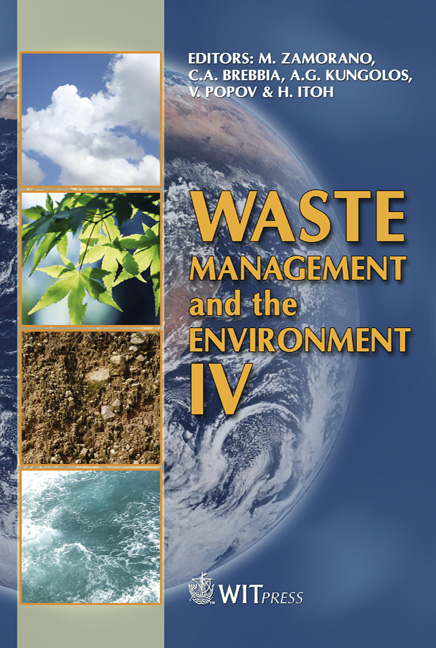Hazardous-waste Containers In Cementitious Materials: Leakage Test On Small-scale Specimens And On Full-scale Prototypes
Price
Free (open access)
Transaction
Volume
109
Pages
9
Page Range
321 - 329
Published
2008
Size
562 kb
Paper DOI
10.2495/WM080341
Copyright
WIT Press
Author(s)
A. Taglioni, A. Castellani & P. De Stefanis
Abstract
A modular system for containment of nuclear waste packages based on two barriers of cementitious materials was designed for a repository of radioactive substances, and then investigated in order to test leachability in a period of time of 300 years. Cement agglomerates designed for the isolation of dangerous waste exhibit low permeability, hence a favourable durability, that appoints them as proper material for construction of hazardous waste in general, i.e. toxic, medical, or radioactive waste. Characterisation of suitable concrete mix design has been attained through leakage tests, carried out on a concrete slab 300×300 mm wide. Four full-scale prototypes of the system were then built from the same concrete mix, and were submitted to a test of waterproofing at a laboratory. Experimental evidence on two weak points has been collected. One, of a general character, is related to the almost unavoidable presence of \“construction joints”, a second weak point is related to non-homogeneity of concrete. Then two different design procedures were suggested. Keywords: disposal, concrete leakage, dangerous waste, radioactive waste. 1 Introduction Over the last decades, the role of cementitious materials has developed from structural building materials to comprise cement-based matrices providing environmental control of hazardous contaminant release.
Keywords
disposal, concrete leakage, dangerous waste, radioactive waste.





